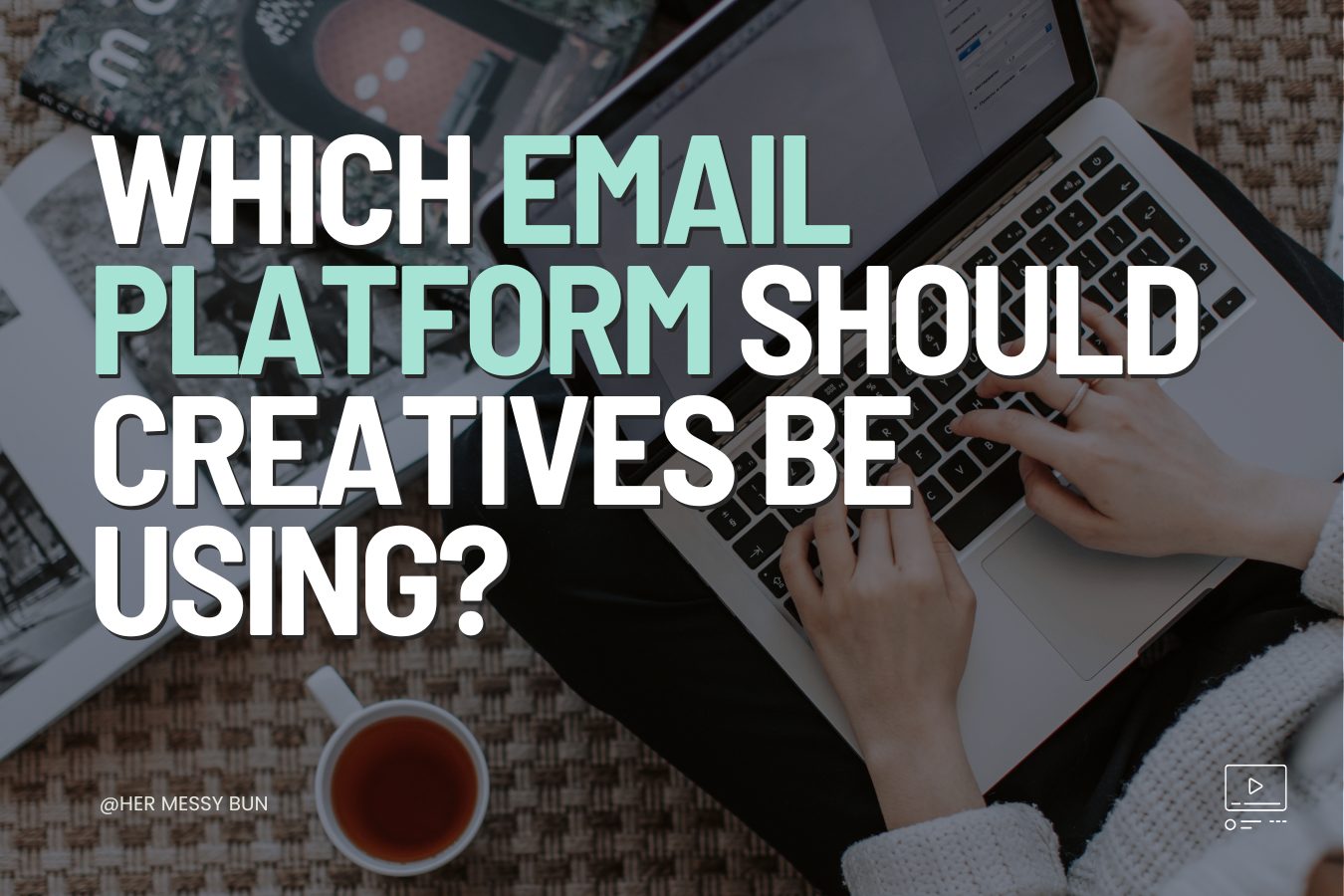What is Brand Strategy: A Step-by-Step Guide
What Is a Brand Strategy? (+ How to Build One That Actually Works)
Before you dive into designing your logo or choosing your brand colors, let’s take a step back and talk about something way more foundational—your brand strategy.
And no, I’m not talking about your visual identity (that comes later). I’m talking about the heart of your brand—the map that tells you where you’re going, how to get there, and who you're speaking to along the way.
Many people confuse brand strategy with brand identity, and I get it—they're closely related. But your brand strategy is the why, who, and how behind everything your brand does. It’s the inner blueprint that drives every external decision.
Why Brand Strategy Matters More Than You Think
Your brand strategy helps you define your mission, vision, values, target audience, and personality. With it in place, everything—from your website design to your Instagram captions—feels cohesive, aligned, and on-brand.
Without it? Things can get messy fast. You might find yourself spinning your wheels, changing your tone every few posts, or attracting the wrong audience altogether.
Let’s break down what a brand strategy actually includes so you can build yours with clarity and confidence.
Key Components of a Brand Strategy
🧭 Mission and Vision
Think of these as your brand’s North Star.
Your Mission is your brand’s promise. It’s what you aim to do every day for your customers.
Your Vision is your dream for the future—the big-picture destination you’re working toward.
Together, your mission and vision align your marketing, messaging, and business decisions. When you’re clear on these, everything else falls into place.
💡 Core Values
Your core values are what guide your business behind the scenes. They shape how you show up, how you interact with clients, and how you make decisions.
They’re your compass. They tell your audience what you stand for. And guess what? People love supporting brands that share their values. When your brand walks the walk, it builds loyalty and trust with your ideal customers.
🌟 Brand Positioning & Personality
Your brand positioning is what makes you stand out. It’s the unique space you carve out in your industry—the thing that makes your dream client say, “Yes, you’re the one I’ve been looking for.”
Your brand personality is how you express that uniqueness. Are you playful and bold? Calm and sophisticated? Think of it like the “vibe” your brand gives off in your visuals, copy, and communication.
These two pieces help people connect with your brand—not just intellectually, but emotionally.
🗣️ Brand Messaging
This is where strategy becomes language. Your brand messaging takes your positioning and personality and turns them into the words your audience sees and hears.
It’s what helps your dream clients feel seen. It inspires them, builds trust, and ultimately moves them to take action.
Great messaging shows up in your:
Website copy
Instagram captions
Email subject lines
Brand slogan
Taglines
Service descriptions
Basically? Messaging is everything. It’s your brand’s voice.
🎯 Target Market
If you try to speak to everyone, you’ll connect with no one.
Your target market is the group of people your brand is specifically built to serve. When you understand their goals, challenges, desires, and lifestyles, you can communicate in a way that feels deeply personal.
You know them like a best friend. You anticipate their needs. You speak their language. That’s the power of a clearly defined audience.
Brand Strategy vs Brand Identity: What Comes First?
Many people jump straight into designing their logo or choosing fonts—those are all part of your brand identity. But your brand strategy should come first.
Why?
Because strategy informs style.
When you know your mission, audience, and brand vibe, you can create a visual identity that reflects it all. That way, your brand doesn’t just look good—it feels right to the people it’s meant for.
Final Thoughts: Let Strategy Lead the Way
Your brand strategy is the foundation of everything you create. When it’s done well, it acts like a filter for all your decisions—from the content you post to the way you price your services.
Once your strategy is locked in, then you can move on to your brand identity. That’s when you’ll design your logo, build your visual assets, and develop the look and feel of your brand across all platforms.
But first? Start here. Map out the strategy that makes your brand magnetic.
More Resources
Automatically repost your content on other platforms.. same day or days later, your choice! Try It Free!
Reclaim your days with my Work Intuitively Masterclass
Never stare at a blank page again Join Consciously Creative
Take Messy Action
Whether you’re determined to do it yourself or prioritize yourself, my blog, templates and services are designed to eliminate the guess work.
Feel confident in your brand so you can focus on what really matters.
Did This Help?
Pin one these image on Pinterest so you always have it!
As always – don’t give up, take a day off instead.
xo Danielle
Let’s Be Friends:
Danielle’s TikTok: @her.messy.bun










